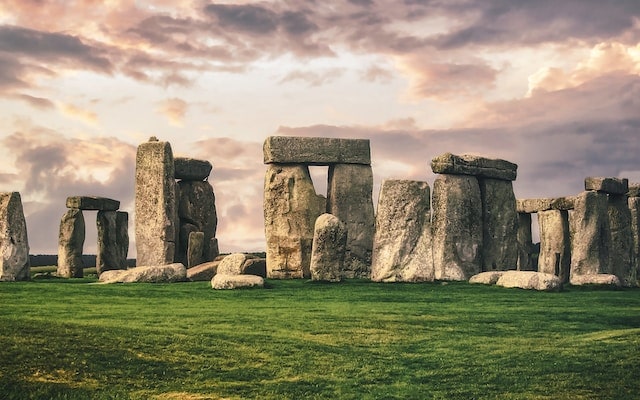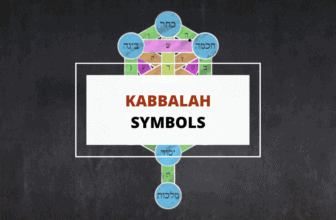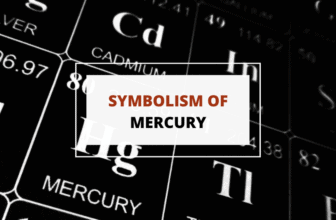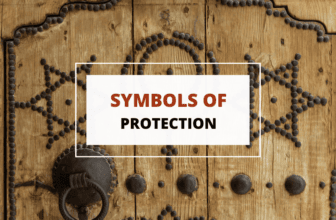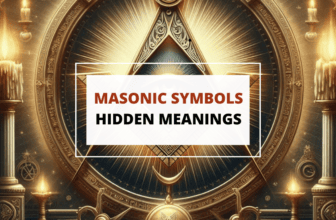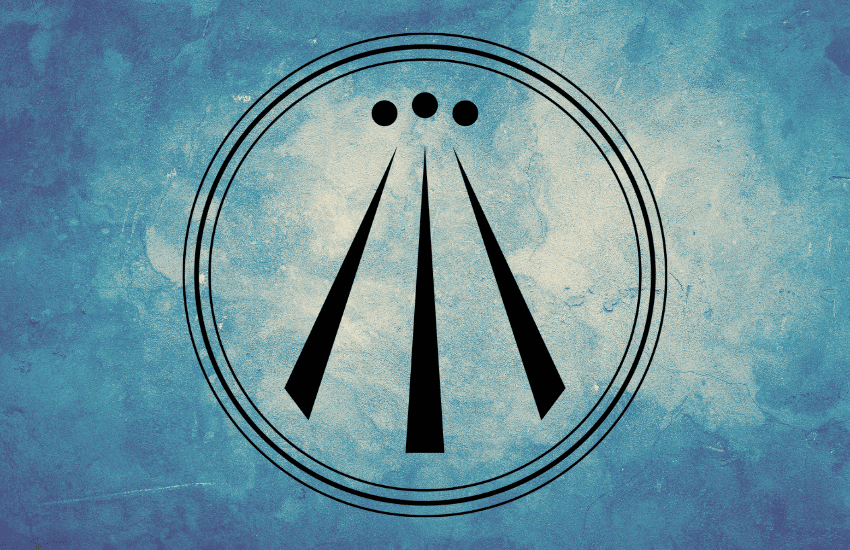
Table of Contents
Awen is an important symbol in Celtic culture. It’s a symbol of creativity, imagination, and aesthetic sensibility. In the Celtic language, Awen means essence or poetic inspiration. While seemingly simple in appearance, the Awen holds deep symbolic meaning. In this article, we will be exploring the origins of Awen, its significance in religions, the characteristics of the symbol, its symbolic meanings, and contemporary usage.
Origins of Awen Symbol

The Awen as a concept has existed in Celtic lore for centuries, but its representation as a symbol is much more recent. The symbol is quite basic, featuring three rays leading up to three dots, surrounded by three circles.
The origins of Awen can be traced back to the Celtic myth of Goddess Cedridwen and Gwion Bach. In this tale, the enchantress Cedridwen brews a magical potion for her son and entrusts it to Gwion Bach, her helper. Gwion accidentally drinks the potion and faces the wrath of Cedridwen, who swallows him in the form of a seed as punishment.
However, Gwion is reborn through Cerridwen and lives on to become a great poet. Celts believe that the magical potion of Cerridwen is none other than Awen, a transformative liquid that induces imagination and creativity in the one who consumes it.
The idea of Awen was largely kept alive through oral traditions. In fact, the concept appears in written texts only from the 9th century. The first ever written text to mention Awen is the Historia Brittonum, a Latin book authored by Nennius. Recent historical discoveries have also found references to the symbol in the Four Ancient Books of Wales.
Awen and Religion
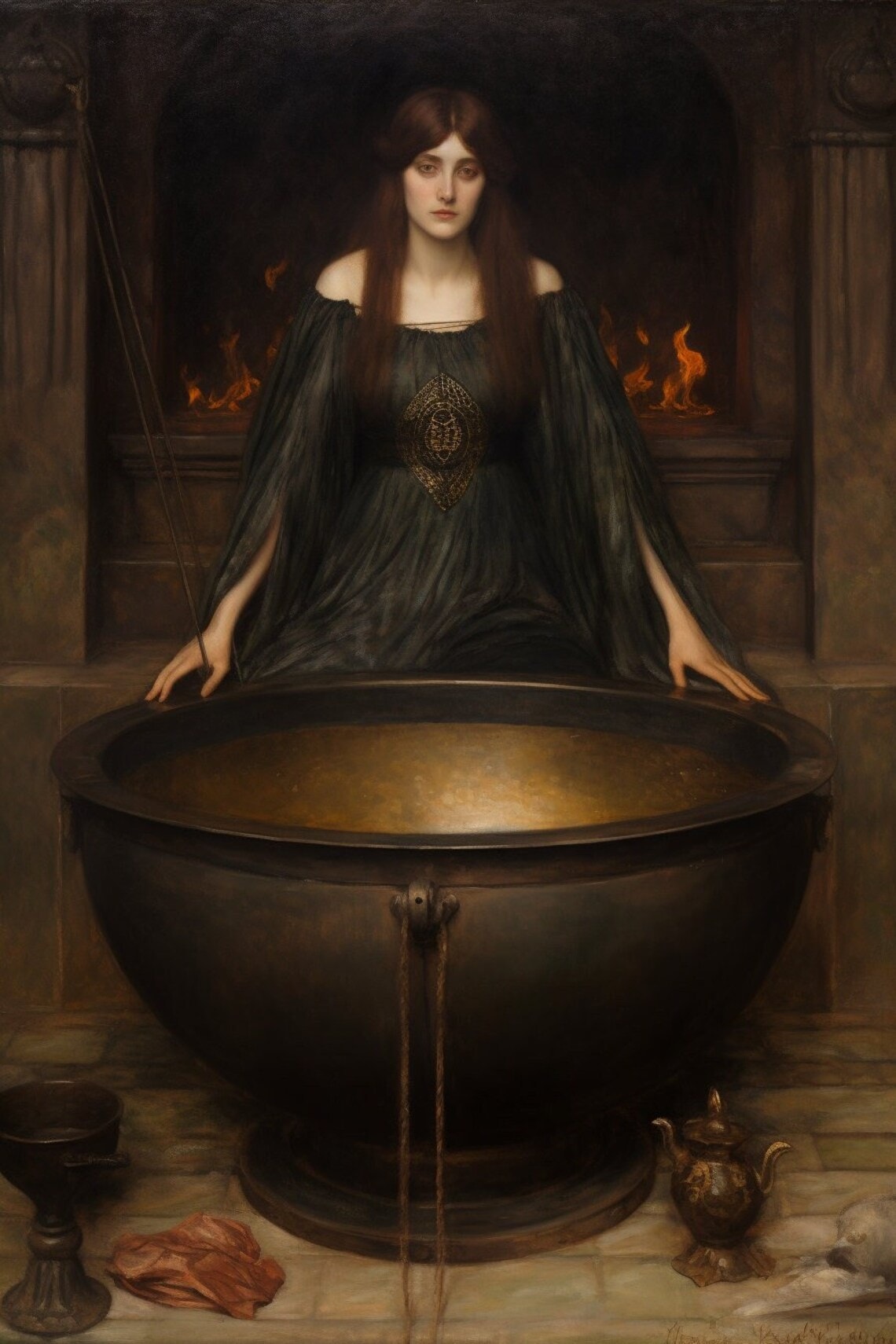
Awen was an important concept in early Pagan beliefs. In Celtic society, the skills of artists and creative writers were attributed to Awen, a muse like figure that appeared in dreams. The creative artists who were inspired by Awen were known as Awenydd, and acted like they were possessed, enchanted, or in a trance.
Even after the emergence of Christianity, the concept of Awen held ground for several years. Awen was carried forth from pagan beliefs into Christian Bardic traditions during the period of religious transformation in Britain and Ireland.
The idea of Awen was revived by the Neo-Druids, a spiritual group who strived to bring back ancient Celtic practices. Neo-Druids are deeply influenced by the Romantic movement and seek a spiritual connection with the environment. They are pantheists who believe that god is present everywhere in nature. Druids believe in the ability of the Awen to spark creative inspiration and aesthetic powers among artists, and call the Awen the flowing spirit because it awakens energy from the environment and transfers it into the mind, body, and soul.
The Welsh poet, Iolo Morgannwg, belonged to the Neo- Druids, and revived the concept of Awen. He transformed Awen from an abstract idea, into a concrete concept, by giving it a diagrammatic form. The Awen as a symbol was invented by Iolo Morgannwg.
Triadic Meanings of Awen Symbol
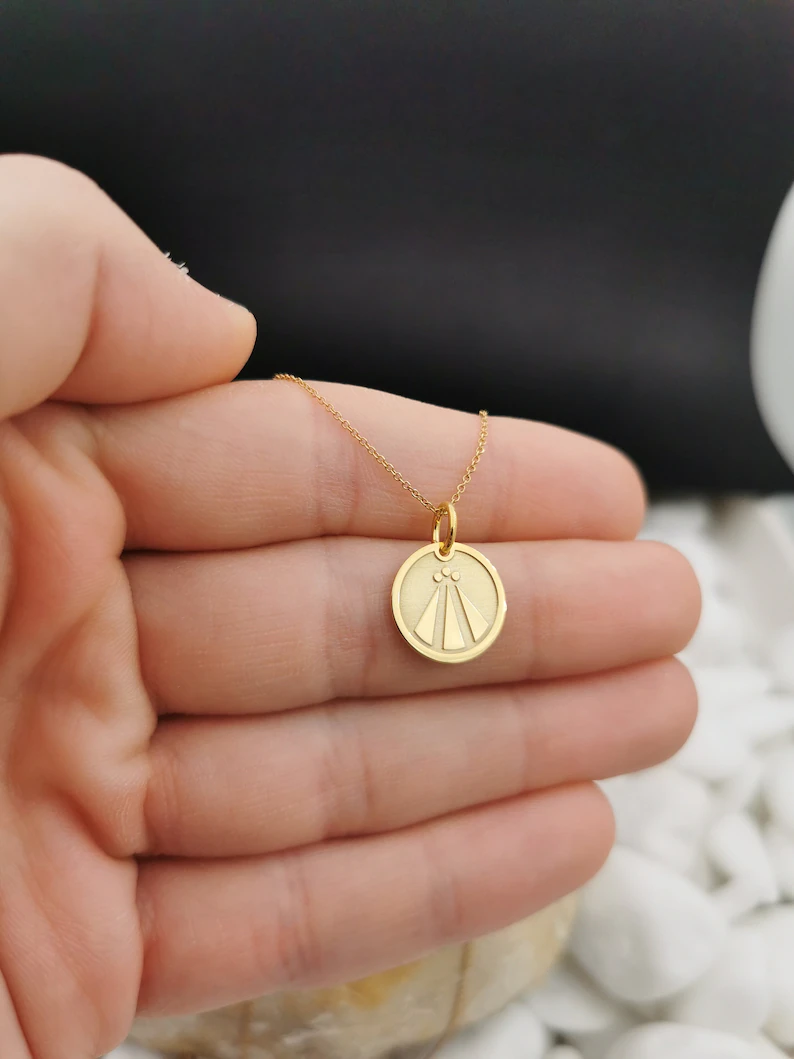
The Awen is a highly symbolic concept, with many interpretations associated with it. One of its main associations is with the number 3, which is sacred in Celtic cultures. The three rays of the Awen can have different meanings and interpretations depending on the cultural context. Some of the prevalent meanings are:
1. Earth, Sky, Sea:
The Awen is thought to be a symbol of the earth. The rays within the Awen reflect land, sky and sea, which represent air, water, and soil, the most important elements on earth, without which life would not be possible. The symbol is used as a representation of the earth and its living beings.
2. Mind, Body, and Spirit:
The rays in the midst of the circle represent the unity between mind, body, and spirit. The Neo-Druids and Neo-Paganists believe that the unification of the mind, body, and spirit is essential for human existence and experiences.
3. Triple Deity:
According to the Neo-Druids, the three points within the Awen symbol reflect the Triple Goddess. The triple deity is prevalent in many neo-pagan beliefs, and each ray within the Awen reflects the different characteristics of the goddess.
4. Three Ages of Humankind (infancy, adulthood, and old age):
This represented the full spectrum of human life, reflecting on the different stages and the wisdom or experiences gained at each phase. It demonstrates an understanding of the life cycle itself, recognizing the progression of growth, maturity, and eventual decline.
5. Knowledge, Truth, and Experience:
Knowledge is learned information or skills, truth as the universal and unchanging reality, and experience as the practical application and understanding of knowledge and truth in daily life. These three elements together create a holistic understanding of the world.
6. Heaven, Hell, and Earth:
This encompasses the totality of existence, both physical and spiritual, as understood in Celtic culture. Heaven is the divine realm, the earth is the mortal realm, and hell, often referred to as the underworld in Celtic mythology, is a realm of the dead or otherworldly beings.
7. Love, Truth, and Wisdom:
This represents some of the highest aspirations in Celtic culture. Together, these are highly respected qualities for an individual to cultivate.
Other Symbolic Meanings of Awen
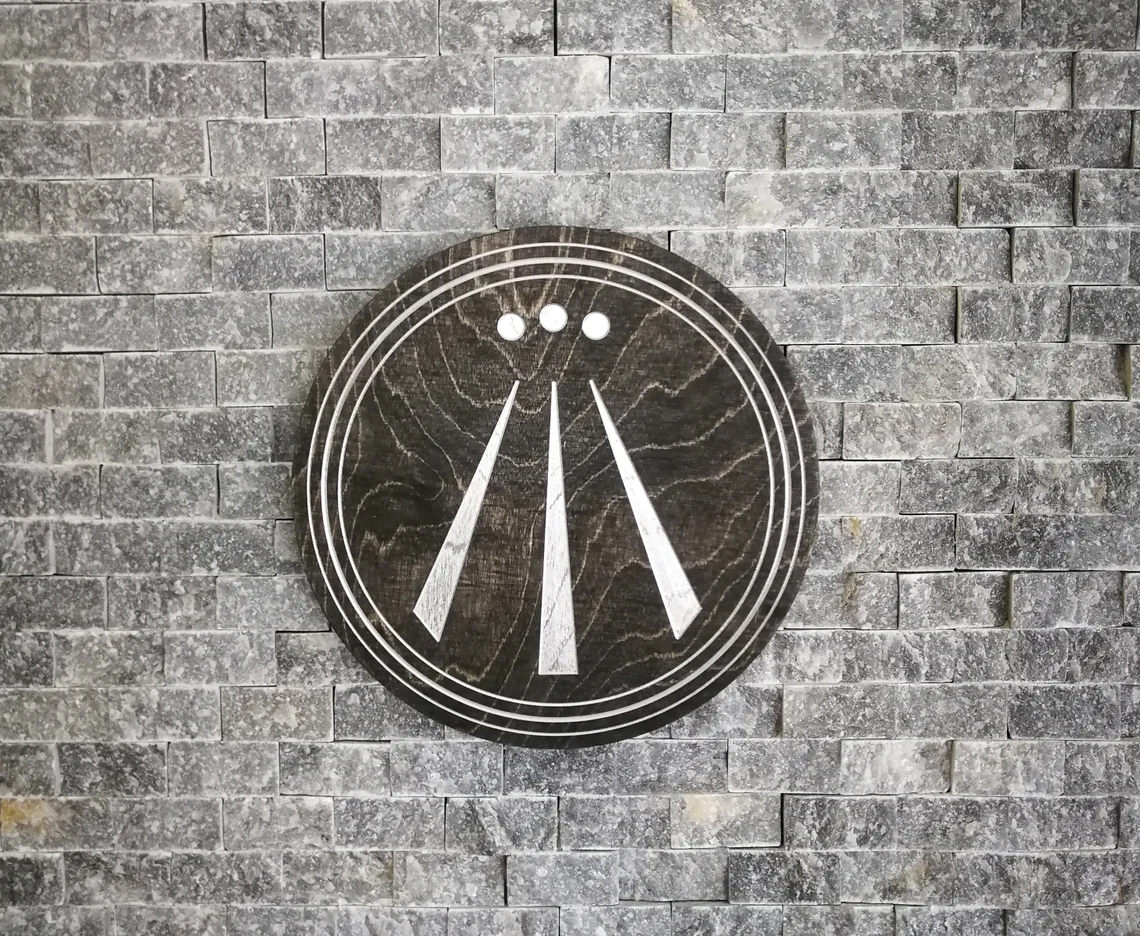
Some other popular interpretations of the Awen include:
- Harmony: The three lines of Awen are said to represent unity and harmony between the two genders. The lines on the left and right reflect masculine and feminine energies. The line in the middle is a ray of equilibrium that balances the energies on both sides. Due to its ability to create a stable and harmonious environment, the Awen has been called the Celtic Yin Yang.
- Inspiration & Creativity: For thousands of years, the Awen has been a source of inspiration to writers, poets, musicians, and artists. Awen is believed to assume the form of a muse and instigate creativity and imagination among artists. The three dots within the Awen symbol are thought to be drops of Cedridwen’s potion that was consumed by Gwion Bach.
- Eternity: The three circles surrounding the Awen symbol represent an eternal flow of time. They also indicate the eternal qualities of the rays that are within the circle. Neo-Druid followers also believe that the loops reflect the three circles of creation.
Modern Use of the Awen
Awen has become a popular design for tattoos, and has gained universal recognition in jewelry, and artwork. It’s also used in the Welsh national anthem and held as a symbol of honor by the U.S. Veterans Administration. The symbol has been adopted by Neo-Druids which has made it popular and brought it back into the spotlight.
In Brief
The Awen has become a universally famous symbol after its revival by the Neo-Druids. It continues to influence and be the inspiration for various creative artists. The Awen is one of the most powerful symbols of Celtic culture and heritage.
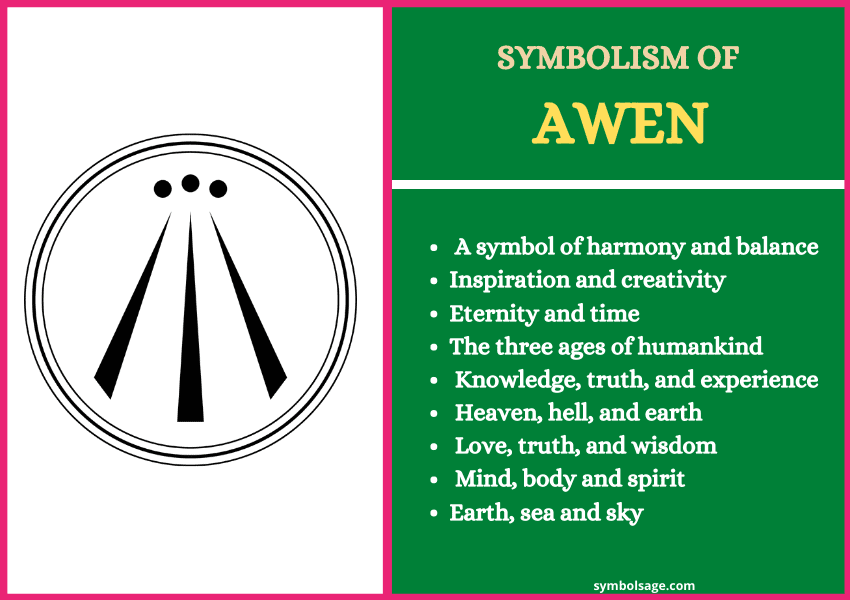
Related Articles:
23 Popular Celtic Symbols and Their Meanings
Legendary Creatures Of Celtic Mythology – A List
Most Popular Celtic Gods and Goddesses with Their Power
Macha: Celtic Goddess of Power, Fertility, and War
Danu: The Mother Goddess at the Heart of Celtic Mythology
